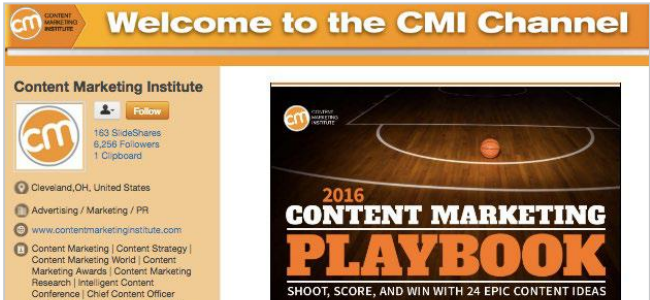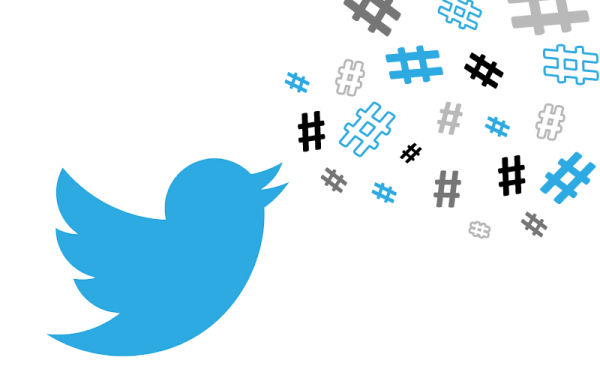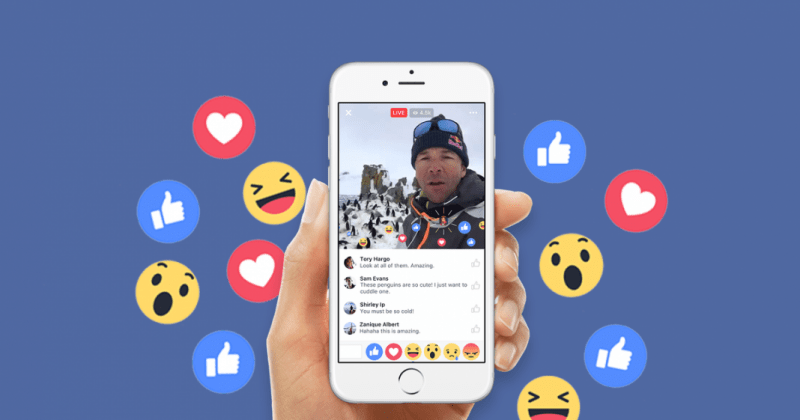Whenever you communicate with your audience, it’s important to keep their buyer journey and the customer lifecycle—from awareness to advocacy—in mind. Understanding where each individual is in their unique buyer’s journey allows you to have relevant conversations with them.
Your buyers have a goal—to fill a need or solve a problem they have. To help, you need a clear understanding of the different stages of the customer lifecycle, where each buyer is in their unique journey, a call-to-action in your marketing (to facilitate the buyer’s movement toward the next conversion—whether that’s sharing content, making a purchase, or recommending you to a friend), and a way to tie each of your marketing activities to business outcomes.
At #1 Social Media Marketin, we break down the customer lifecycle into six main stages: Awareness, Engagement, Purchase, Retention/Loyalty, Growth, and Advocacy. Each buyer’s unique journey is fluid and can traverse between these stages, both forward and backward. Let’s examine how these stages shape your social media marketing goals:
AWARENESS
Buyers in this phase are at the beginning of the customer lifecycle. This is where good branding, a high ranking on search engines, and a strong social media presence are useful. Your goal in this phase is to drive brand awareness and capture audience interest, reaching them on the right channels with relevant, personalized messages.
For your social media marketing, this means offering plenty of early-stage messages and having a thorough understanding of the social media platforms where your buyers engage on, so you can always reach them where they are.
ENGAGEMENT
Buyers in this phase have displayed interest in your company and are a potential customer. Your goal is to listen to their behaviors and then engage them with targeted messages to nudge them closer and closer to the next conversion. This includes creating specific offers and nurture tracks based off of their preferences and behaviors. Useful content is a great way to maintain a connection with your audience, educate them until they are ready to buy, avoid the dreaded “unsubscribe” or “unfollow,” and, ultimately, build a lasting relationship with them.
For social media marketing, this means incorporating mid-stage messages into your social media editorial mix and using paid advertising to target specific audiences with content and offers that will push them forward to make a purchase.
PURCHASE
In this stage, your buyers are ready to purchase from you, so your job is to make the process convenient for them. Monitor your purchase process to ensure an easy transaction for your new customers. If other teams are involved, such as sales or support, align your communications so that you’re guiding your buyers through the transaction.
RETENTION/LOYALTY
While converting a buyer into a customer is considered a success for most marketers, creating trusting, long-term relationships with your customers is one of the most effective ways to increase revenue— ensuring that you get the most value out of your customers, and they get the most value out of your offerings.
For social media, this means understanding that your customers are part of your audience and ensuring that you continue to provide them value with relevant content and messages. It also means having a plan and process in place when your customers encounter customer service issues so you can rapidly respond and deliver on your brand promise over social media. Research from Lithium Technologies found that 70% of users expect to hear back from the brand they’re interacting with on Twitter, and 53% want a response within the hour. And if they don’t hear back, there are major consequences. The majority of respondents said they would tell their friends and family about the experience and escalate concerns through other forms of communication. This means that you not only need to have a social media presence, but be actively listening and engaging as well.
GROWTH
Marketing doesn’t end after the sale. Continue to provide value to your customers by identifying cross-sell and upsell opportunities. You can use your marketing automation platform to segment your current customers and share that list with digital advertising platforms, allowing you to target current customers with new offers.
ADVOCACY
Engaging with customers throughout their lifecycle isn’t just about individual value—it’s also about the value of their networks. Turning your loyal customers into advocates can expand your reach by accessing their networks to promote your brand. It’s important that you treat your existing customers well by continuing to engage them with special perks and incentives. Your goal is to offer a great customer experience to encourage your customers to become brand advocates and refer your brand to their friends and family.
Like retention and loyalty, it’s important that you recognize that your advocates and potential advocates are part of your social media audience. Show them recognition, sometimes in the form of a retweet or through special offers and promotions that are targeted just for them—that offer value and ask them to refer you.









